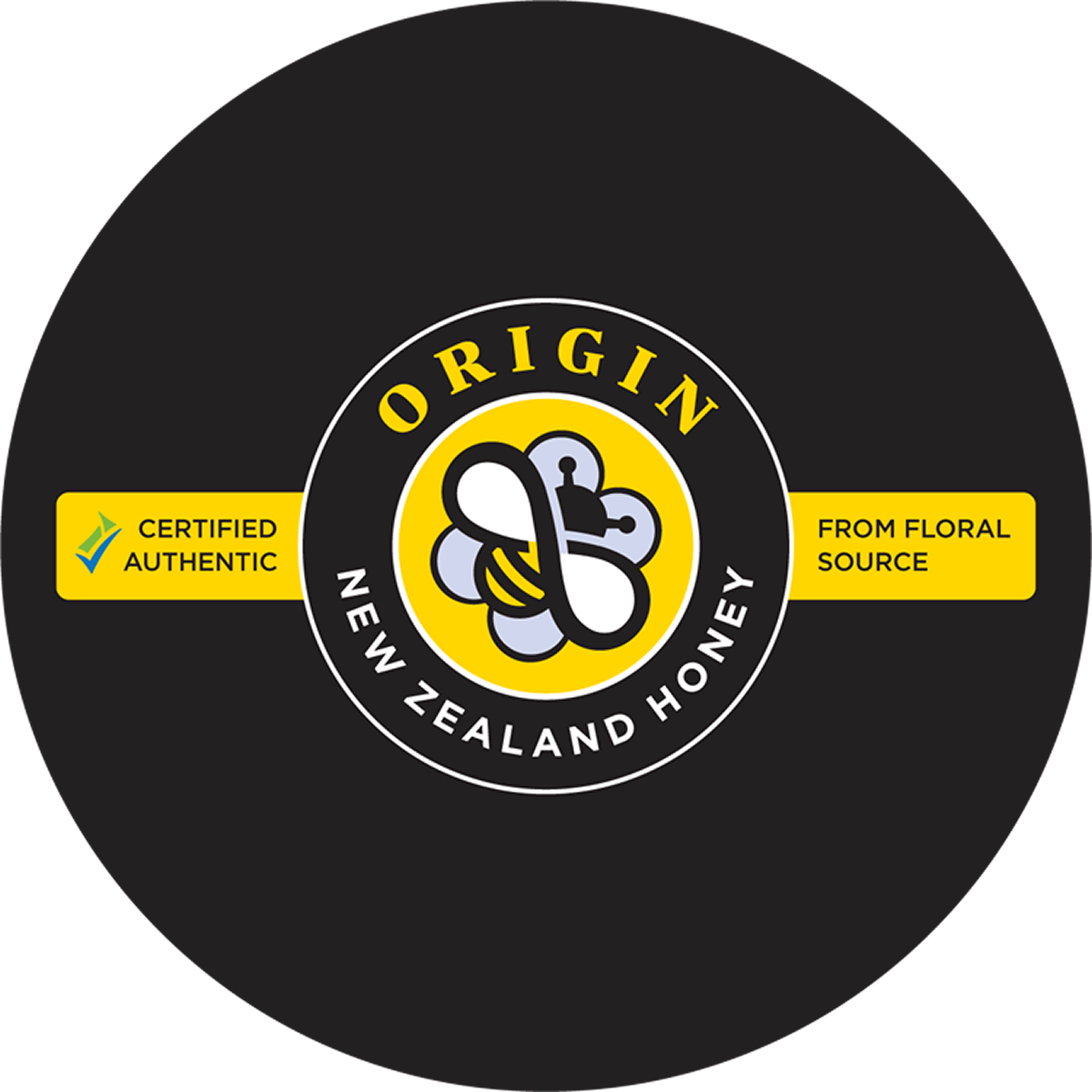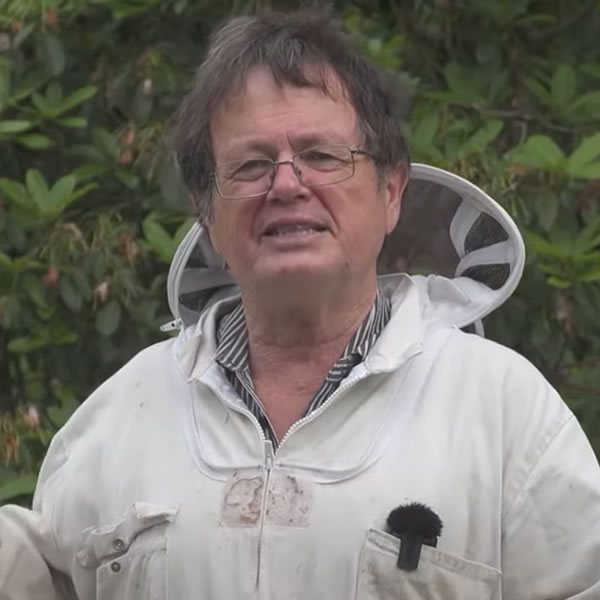
Over the next few years we are collecting samples of nectar and pollen directly from the bees that are havesting from New Zealand honey floral sources. These samples will be tested for chemical markers, chemical profiling and pollen analysis.
We will also try to get the resulting honey from the same collection areas to also have that analysed. This will document whether there are changes in the chemical profile as it is processed from nectar into honey.
The idea is to get samples from throughout New Zealand to account for any regional variations, and over a number of years to account for any seasonal variations.
A report will be written each year so that we can then determine which plant species need to be repeated i.e. which ones appear to have some variation.
Honey is made from nectar which is collected by bees from a range of plant species. At present the relative contribution of each individual plant species towards honey cannot be determined therefore honey is sold with labels such as 'bush honey' or 'pasture honey' while using descriptors like light and strong honey to describe taste. Most New Zealand honey is made up of this so-called non-Manuka ‘bush honey’ which means that the bulk of NZ made honey is of very little value when compared to Manuka. This has resulted in many beekeeping operations having little to no profit.
The aim of this project is to develop a testing method that will allow beekeepers and marketers to test the percentage of nectar from each plant species that make up each batch of honey. This means that beekeepers will be able to promote their honey with scientific backing proving where it came from. This will lead to origin stories about the geographic location and the distinct plants that contributed to the honey, many of which are native and unique to New Zealand. This will add value in a similar way that wine prices are enhanced by the story of grape variety, vineyard and year produced.
This project will identify chemical markers for a minimum of 10 main New Zealand honey producing plants. Marker concentration in nectar, along with the sugar concentration, will be measured to determine what concentration the markers will be in honey produced from that nectar. Nectar will be collected from each plant species by capturing foraging bees from flowers and removing nectar from their honey crops using a method we have developed.
These graphs are from the pilot trial conducted to test methodology. As you can see, the graphs of the two different plant species are quite distinct.
For those who register interest in collecting bees by filling in the volunteer form, a sampling kit will be sent to you.
You will be required to capture bees on the target flowers, immobilise them in the corner of the bag and cool them in a chilly bin in the field and transfer them later to a freezer once all the bees have been collected. Once the bee has been captured we will get you to collect the flower and place it in a separate bag and then tie that flower together with the bee. Another alternative is to use twist ties to keep the bee and flower separate but in one bag. It is most important to immobilise the bee in a small corner of the bag and to keep it separate from the flower. See the demonstration video.
The project will require a minimum of 100 people to collect 30 bees from each plant species targeted on a yearly basis. The design of sampling in years 3-5 will depend on regional and seasonal variations
The information derived from the project will be provided to analytical labs, beekeepers and honey marketing companies so that they can test their honey if they wish. Photos of the flowers and a short 50-word background on the plants will also be provided to assist businesses in developing their marketing strategy.
This project will cost $1.5 million over 5 years (our current estimate without inflation). A significant amount of this will be in-kind contributions of those collecting bees. This project will promote NZ honey in the domestic and international markets. It will increase the profile of ‘generic’ honeys on the shelf which will hopefully lead to a greater appreciation of multifloral honeys which leads to an increase in producer returns. A future project, that will use the information generated by this project, will be based on taste.
At this point in the project, we are only taking pledges as this project will only go ahead if we receive sufficient funding.
If you require more information, we will gladly bring a presentation to your organisation.

Mark is a scientist who has led a research team at Ruakura for 30 years. He is an international expert on pollination, beekeeping and honeybee pest and diseases.
He has written books on pollination (Pollination of crops in New Zealand and Australia, and Kiwifruit pollination) American Foul Brood disease, Varroa and Toxic honey and Beekeeping (Best Practice Beekeeping, Commercial and Hobby Editions).
He has also run research projects in New Zealand, Australia and Italy and given lectures in 19 different countries.

Jane is a commercial beekeeper with more than 30 years experience. She has an interest in science and believes that the way forward for the industry is to invest in research.
She has seen many ups and downs in the industry and was involved (in the late 90’s) in the drive to find a way to market Manuka honey that used to be buried because beekeepers could not find a sale for the honey. Manuka was worthless until Dr Peter Molan found the unique anti-bacterial activity of Manuka. It has taken 20 plus years to get Manuka to where it is today as a product that is the most valuable honey in New Zealand.
Jane believes that it is time once again to invest in research for the good of the industry and to provide more marketing options for beekeepers.
Please support this project to sustain our industry into the future and help educate the consumer to our wonderful array of flavours of honey available in New Zealand.
We need Volunteers and Sponsors
New Zealand will need to be divided up into regions, cities and possibly towns. We will need hundreds of people to collect samples for the project as we are aiming to have 100 people collect 30 bee samples of each plant species. So if we are targeting 10 different plants then we will require 1,000 people.
Every sample no matter where in the country it is collected from will add to the data to ensure we have a statistically significant sample size for each plant species targeted. It will also help us identify if there is any regionality.
What’s more, we want as many people as possible to support the project with funding – be it $50 to several thousand dollars per annum to show co-funders that we have both Industry and citizen support for this project.
Sign Up to Volunteer & help NZ Honey Origin to get this project off the ground!